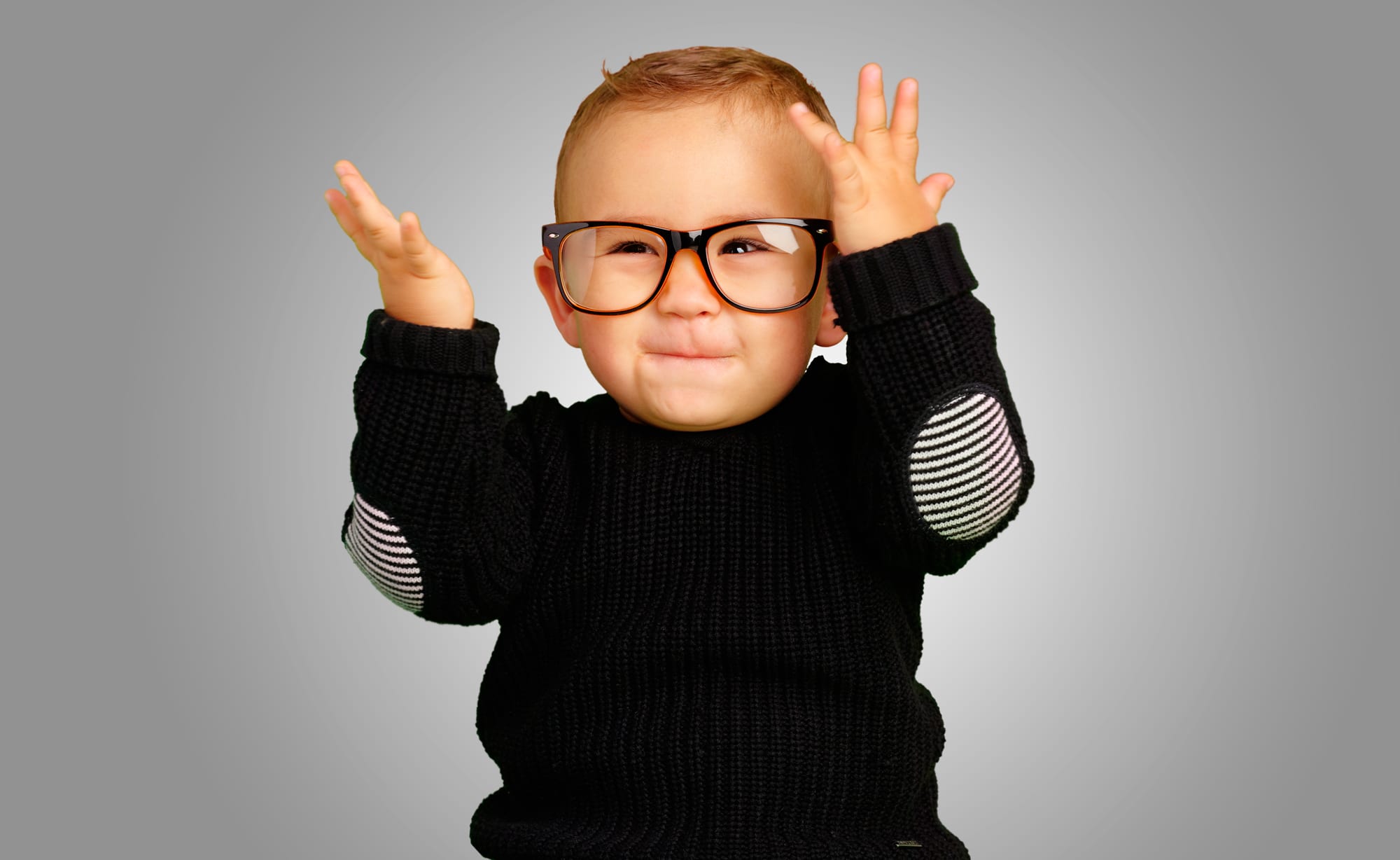Strabismus occurs when the two eyes are unable to synchronize with each other and look at the same object at the same time. The weak eye will turn inwards and away from the actual target. The condition, also known as crossed eyes, is usually diagnosed in infants and in children under 3 years of age. In the initial stages, your child may feel disoriented or have a double vision. If left untreated, the little one will learn to reject the images from the improperly aligned eye and the nerve connections from that eye to the brain may fail to develop. Subsequently, this eye may remain turned and transform into a “lazy eye.”
Symptoms
Symptoms of strabismus in children may vary significantly. You should look for:
- Misaligned eyes
- Unsymmetrical reflection points in each eye
- Head tilting
- Inability to gauge depth
- Squinting with one eye
Crossed Eyes Causes
The human eye is surrounded by six muscles that work together to help both eyes focus on the same object. Defective coordination between the muscles causes each eye to look at a different object. Your child’s brain receives two different inputs, and it learns to ignore the image from the weaker eye. Strabismus is seen in about 5% of children. In approximately half of these cases, parents notice the discrepancy shortly after birth. This condition is also known as congenital strabismus.
Strabismus occurs when the nerves transmitting signals to the muscles around the eyes are defective, when the muscles are unable to receive the nerve signal, or when the control center in the brain is not working properly. The condition may impact one eye intermittently or both eyes alternatively.
Crossed eyes can be classified into two major types:
- Accommodative esotropia occurs when you do not take steps to treat your child’s farsightedness. Your child will suffer from double vision and may have to tilt the head or cover one eye to look at nearby objects.
- Intermittent exotropia may develop when the eyes focus on a point that is beyond the actual image. Symptoms of this condition include headaches, eye strain, and problems while reading.
Risk Factors
In most cases, the optometrist may not be able to identify the actual underlying cause of your child’s strabismus. The risk factors may include family history, untreated farsightedness, and medical conditions such as Down’s syndrome and cerebral palsy. Children who have suffered from head injuries are at a greater risk. If you suspect that your child has crossed eyes, seek professional help right away. Our doctors will analyze your child’s medical history and test alignment and focus before diagnosing the condition.
Treatment
Contrary to the popular belief, most children do not outgrow strabismus and will require treatment. There are multiple options and our professionals will help you choose correctly.
- Eyeglasses – If your child is suffering from strabismus due to uncorrected farsightedness, the optometrist may prescribe eyeglasses to rectify the vision. Some patients may also benefit from prism lenses that alter the light entering the eye and thereby, help control the turning of the eye.
- Eye exercises – The optometrist may also recommend simple eye exercises, especially to older children, to strengthen and train the muscles.
- Surgery – Some children may require a surgery to straighten and realign the muscles of the eye. The procedure is highly effective and is usually followed by vision therapy.
If you’re concerned your child may be crossed eyed, contact us today to schedule an appointment with our Florida Eye Care professionals.



